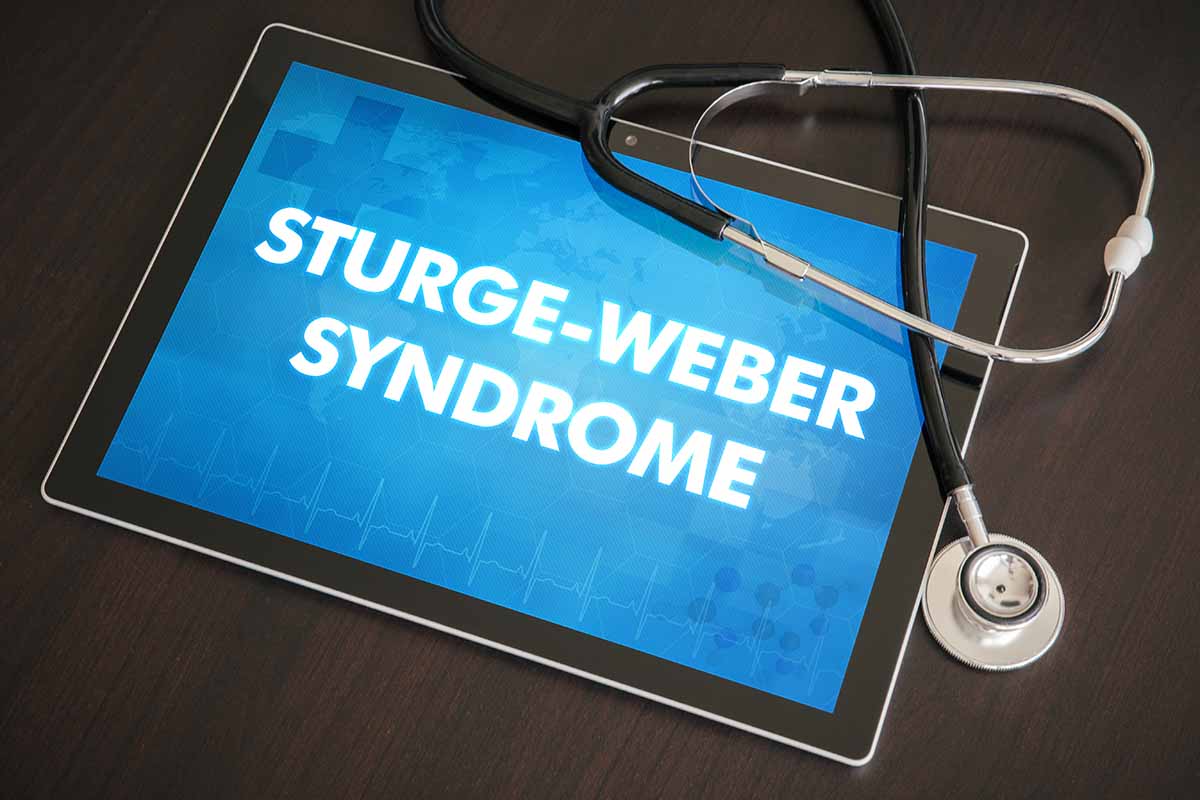

Psychosis and Infodemic Isolation Resulting in First Inpatient Hospitalization During the COVID-19 Pandemic:
A Case Series
Coronavirus disease 2019 (COVID-19) has become a worldwide pandemic, resulting in many countries issuing stay-at-home orders to maintain social isolation.1,2 COVID-19 has also been the primary topic of news channels, newspapers, and social media, consumption of which has increased substantially especially among people under quarantine. These extreme circumstances and uncertainty can result in exacerbation of anxiety, sleep disturbances, depression, obsessions, compulsions, and even psychotic symptoms such as paranoia.3,4 Importantly, there also appears to be an unprecedented global infodemic wherein conspiracies and delusion-like beliefs have become shareable on a scale that the authors of the DSM-5 could not have predicted, all within "filter bubbles" that maintain isolation even on the World Wide Web.5 In this case series, we report the unusual findings of paranoid delusions explicitly about COVID-19 resulting in the patients’ first inpatient psychiatric hospitalizations.
Case Reports
Case 1. A 23-year-old man with no past psychiatric hospitalizations who was living alone in his dorm on a vacant college campus presented with delusions about being God’s messenger of the impending apocalypse, referring to COVID-19. He believed that the 5G cell phone towers were spreading the virus, with the installation of a new 5G tower near his apartment being the triggering factor for admission. The patient was treated with an antiepileptic for mood stabilization and a second-generation antipsychotic in the form of a long-acting injectable (LAI). The patient’s delusions remained at the time of discharge; however, they were no longer the only topic of discussion for the patient, as he was willing to challenge them and was able to demonstrate insight into how they can be perceived as bizarre by others.
Case 2. A 30-year-old woman with no past psychiatric hospitalizations presented to the hospital due to delusions that she was pregnant despite being sexually inactive for 6 months and having a regular monthly menstrual cycle and multiple negative home pregnancy tests. Hospital urine and serum beta human chorionic gonadotropin tests were negative. The patient acknowledged that such negative findings were not found in her previous pregnancies. However, she thought that this pregnancy was different due to COVID-19—she believed the virus was responsible for these unusual laboratory results and her otherwise regular menstrual cycle during her pregnancy. The patient was treated with a second-generation antipsychotic in the form of an LAI and experienced an improvement in symptoms. She intermittently thought she was pregnant and was willing to accept the results of an ultrasound.
Case 3. A 37-year-old man with no past psychiatric hospitalizations presented with auditory hallucinations, religious preoccupations, and delusions of being God’s son. The patient believed he was spreading the word of God and trying to save his family from destruction due to COVID-19. He reported that since 2017, he had been aware of COVID-19 through visions that he received from God. He stated that he knew that the virus would cause illness in many people between the years 2020 and 2025. This patient was also treated with a second-generation antipsychotic in the form of an LAI. Of all 3 cases, this patient had the most positive response to treatment, as he was no longer having auditory hallucinations and now referred to himself as a believer of God. However, his delusions of being aware of COVID-19 since 2017 remained.
Discussion
Evidently, the COVID-19 pandemic has caused various manifestations of psychosis to surface in otherwise healthy men and women. Preoccupation with COVID-19 appears to be the precipitating factor for their delusions, which arose prior to, and undoubtedly were worsened by, the "stay home, stay safe" and self-quarantine measures. Social isolation and loneliness have been well established as facilitating the emergence of psychosis as a prodromal factor, and, in some cases, early signs of social isolation have preceded the onset of psychosis by 2 to 4 years.6 While the internet can provide useful information and maintain social connectedness, it can also exacerbate isolation and drive belief formation—most platforms aggregate users into homogenous clusters, sharing content in echo chambers that support their preexisting beliefs while ignoring new or opposing ideas.5,7 Moreover, isolation can envelope patients during episodes of psychosis as an intangible choke hold on their psychiatric condition to allow its perpetually debilitating effects.8 Loneliness, defined as a discrepancy between the desired and actual extent of social interaction, can be perceived variably depending on the individual. Regardless, loneliness can function as a threat to psychological health in the way physical pain impacts physical health.9 Therefore, maintaining connectedness is crucial to combat distress in patients with psychosis, particularly as the symptoms of psychosis often distress those in the patient’s social circle.9
As with many instances of psychosis in patients with schizophrenia, the development of such positive symptoms arise in response to a trigger of environmental or biological origin.6 Paranoid delusions and others such as pseudocyesis, as in our patients, may further allude to the impending onset of psychosis and ground superstitious ideologies as irrefutable, making treatment difficult as such patients will most likely present with impaired judgment and insight. During a worldwide phenomenon such as a viral pandemic, conspiracy theories are likely to arise, which may further exacerbate psychosis. However, although delusional paranoia and conspiracy thinking share cognitive characteristics and often arise from a distorted perception and underappreciation of the causation of worldly circumstances, conspiracy theories are often shared by others, while in paranoid delusions, the ideas are personal, idiosyncratic, and implausible with little-to-no credibility.10 Conspiracies and delusion-like beliefs are one way to cope with the uncertainty and anxiety—their formation and maintenance does not exclusively occur in the mind of an individual but online as well, enhanced by confirmation bias and collective delusions.11 Our patient in case 1 demonstrates a mechanism by which belief in conspiracy theories is associated with a latent psychopathology such as schizophrenia that can be further exacerbated by social isolation, possibly hastening the onset.12 His belief in the 5G towers spreading the virus, a popular online conspiracy, coupled with his roommates vacating the flat, worked synergistically to further his isolation physically and digitally away from any family or friend that offered an opposing or new idea against his delusion-like beliefs. Clearly, the impact on social engagement is such that the extent of the absurdity of the belief or conspiracy can isolate the individual from all possible healthy gatherings and relationships.10
As in the cases presented here, the underlying theme of a global pandemic appears to be the trigger for precipitating psychosis. Importantly, the onset of psychosis did not present in these patients at the time of the discovery of the virus but rather later in the course of its declaration as a pandemic and implemented nationwide lockdown measures. The association between loneliness and depression, suicidal behavior, personality disorders, and psychoses has been reported.13 Interestingly, our patients had intact social systems in roommates, friends, and family, but the extreme quarantine measures, nonetheless, brought about enforced social isolation that contributed to the emergence of their psychotic episodes. Therefore, perhaps even in circumstances wherein the patient continues to have his/her usual social support, isolation of personal environment may have a similar impact as social isolation or loneliness in the absence of schizoid or schizotypal personalities. It is therefore imperative to maintain a high degree of clinical suspicion in patients with a history of psychiatric illnesses or risk factors for psychosis in times of worldwide pandemics and other like phenomena.
Received: April 27, 2020.
Published online: June 4, 2020.
Potential conflicts of interest: None.
Funding/support: None.
Additional information: Information has been de-identified to protect anonymity.
REFERENCES
1.Chen N, Zhou M, Dong X, et al. Epidemiological and clinical characteristics of 99 cases of 2019 novel coronavirus pneumonia in Wuhan, China: a descriptive study. Lancet. 2020;395(10223):507-513. PubMed CrossRef
2.Modes of transmission of virus causing COVID-19: implications for IPC precaution recommendations. World Health Organization website. https://www.who.int/publications-detail/modes-of-transmission-of-virus-causing-covid-19-implications-for-ipc-precaution-recommendations. Updated March 29, 2020. Accessed April 15, 2020.
3.Gordon JA. Managing Stress, Fear, and Anxiety. National Institute of Mental Health website. https://www.nimh.nih.gov/about/director/messages/2020/coping-with-coronavirus-managing-stress-fear-and-anxiety.shtml. Updated March 16, 2020. Accessed April 15, 2020.
4.Coronavirus Disease 2019 (COVID-19), Daily life & Coping, Stress and Anxiety. Centers for Disease Control and Prevention website. https://www.cdc.gov/coronavirus/2019-ncov/daily-life-coping/managing-stress-anxiety.html. Updated April 16, 2020. Accessed April 19, 2020.
5.Pariser E. The Filter Bubble: How the New Personalized Web Is Changing What We Read and How We Think. New York, NY: The Penguin Press; 2011.
6.Cornblatt BA, Lencz T, Smith CW, et al. The schizophrenia prodrome revisited: a neurodevelopmental perspective. Schizophr Bull. 2003;29(4):633-651. PubMed CrossRef
7.Del Vicario M, Bessi A, Zollo F, et al. The spreading of misinformation online. Proc Natl Acad Sci U S A. 2016;113(3):554-559. PubMed CrossRef
8.Michalska da Rocha B, Rhodes S, Vasilopoulou E, et al. Loneliness in psychosis: a meta-analytical review. Schizophr Bull. 2018;44(1):114-125. PubMed CrossRef
9.Lim MH, Gleeson JF. Social connectedness across the psychosis spectrum: current issues and future directions for interventions in loneliness. Front Psychiatry. 2014;5:154. PubMed
10.Dagnall N, Drinkwater K, Parker A, et al. Conspiracy theory and cognitive style: a worldview. Front Psychiatry. 2015;6;206. PubMed
11.Vosoughi S, Roy D, Aral S. The spread of true and false news online. Science. 2018;359(6380):1146-1151. PubMed CrossRef
12.Barron D, Morgan K, Towell T, et al. Associations between schizotypy and belief in conspiracist ideation. Pers Individ Dif. 2014;70:156-159. CrossRef
13.Wang J, Lloyd-Evans B, Giacco D, et al. Social isolation in mental health: a conceptual and methodological review. Soc Psychiatry Psychiatr Epidemiol. 2017;52(12):1451-1461. PubMed CrossRef
aDepartment of Psychiatry, Central Michigan University, Saginaw, Michigan
bCentral Michigan University, College of Medicine, Mt Pleasant, Michigan
*Corresponding author: Zaira Khalid, MD, 1000 Houghton Ave, Saginaw, MI 48602 ([email protected]).
Prim Care Companion CNS Disord 2020;22(3):20l02649
To cite: Shanbour A, Khalid Z, Fana M. Psychosis and infodemic isolation resulting in first inpatient hospitalization during the COVID-19 pandemic: a case series. Prim Care Companion CNS Disord. 2020;22(3):20l02649.
To share: https://doi.org/10.4088/PCC.20l02649
© Copyright 2020 Physicians Postgraduate Press, Inc.
Please sign in or purchase this PDF for $40.00.




